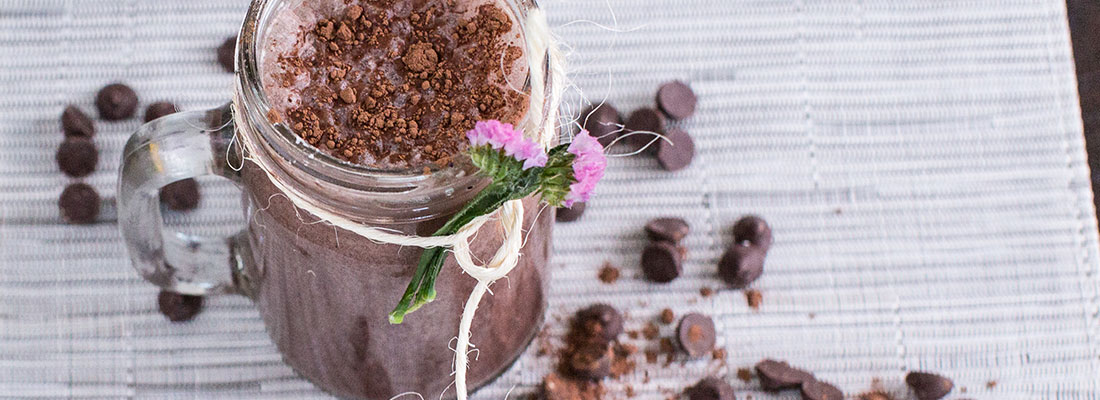Written on 21st Oct 2017
by APD. Holly Baxter
Accredited Practicing Dietitian
Master of Dietetics
Bachelor Food Science & Nutrition
Online Physique Coach
What is a reverse diet? When and how should I start?
A reverse diet is an investment in your long term metabolic health. This nutrition strategy is used to help reverse the effects of metabolic damage, also referred to as metabolic adaptation, which can occur with chronic or repeated dieting. Typically, this is seen when a person either engages in overly restrictive eating behaviours, and diets on unnecessarily low caloric intakes for a long period of time, or diets repeatedly over a number of years, with only small fluctuations in body weight, and in some cases higher body weight.
As a response to this behaviour, our metabolism adapts as a means or conserving energy, leading to metabolic suppression. This manifests as either a highly restrictive and very low calorie diet, or excessive amounts of exercise in order to maintain body weight. More often than not it manifests as both.
Why would someone want to do a reverse diet?
Perhaps you have embarked in a bodybuilding contest, or you are coming to the end of a 12 week body transformation challenge. Maybe you have decided to diet for 6 weeks in the lead up to your long-awaited holiday. During this period, you have increased your training volumes and reduced your nutritional intakes in order to succeed in the goal you set out to achieve. (I will cover what happens if you failed your diet and regained body weight, as this is relevant for this discussion).
To provide a practical example of how your diet may have looked, during your dieting phase, you may have been given a very bland meal plan by your less than qualified personal trainer, it lacks food variety and offers you no option for eating outside of the home. You dislike a number of the meals and foods and you find yourself having to severely restrict your calories. Your hungry all the time, and it is extremely difficult to remain adherent to. This sounds familiar I’m sure.
This style of dieting is common, and unfortunately, this practice or behaviour is how the majority of us perceive what dieting should entail if we wish to achieve results. The good news is, this is not the case as there are quite literally 1000’s of ways you can achieve fat loss without putting up with all of the above.
It is called flexible dieting and if you are interested in learning how to flexible diet, please email me to learn more.
 Metabolic Adaptation
Metabolic Adaptation
Now you have completed your diet, you’re wondering what to do next? No one wants to put the weight back on, and I’m certain you worked hard to get it off. Unfortunately, weight regain will occur for 95% of people who undertake a diet, and this repeated behaviour is what leads to metabolic adaptation, and why a reverse diet is important step.
Metabolic adaptation is the phenomenon which takes place after a period of caloric restriction, typically coupled with increased activity in order to create a caloric deficit and to promote fat loss. Our body adapts to these lower caloric intakes by slowing down the energy metabolism processes as a means of conserving energy.
We were not built to function in a permanent state of restriction, we respond in a way similar to the processes that takes place during a period of starvation. This is a protective mechanism that is actually crucial for our survival. If we didn’t poses these adaptive mechanisms, we would quite literally die, and very quickly. Once this adaptive process occurs, the only way to see continued progress is to continue creating a caloric deficit by further reducing calories and / or increasing your training volumes.
Can you avoid metabolic adaptation?
The answer is yes and no. We can certainly minimize metabolic adaptation with a carefully planned nutrition approach throughout a fat loss dieting phase. One of the biggest mistakes I see is people resorting to drastic measures in order to lose body fat quickly, and this is almost a guaranteed way to suppress your metabolism. Having patience will help protect your metabolic health. If you would like to learn how to lose body fat safely and effectively and for the long term, please send me an enquiry.
If you have dieted for only a short period of time there is a lower risk for metabolic adaptation, however repeated dieting in efforts to maintain a stage ready physique or for someone with a history of yo-yo dieting, will have a much higher risk of metabolic adaptation.
How do we start a reverse?
Where you start your reverse diet will depend largely on where you finished your diet. Consideration also needs to be given to your dieting history and the duration of your most recent diet efforts. The longer you have been dieting, the more time you are likely going to require to correct metabolic adaptation. The speed at which you reintroduce your calories will also depend on how much body fat you are happy to regain.
Remember that the goal of reverse dieting is to increase your metabolic rate, so it is important to be prepared for some weight regain, even if it is just a little. You can’t expect to return to your pre-diet maintenance calories straight away. Your body simply won’t be able to adjust to the large influx in calories. We are attempting to create a caloric surplus, and the risk of fat regain is dependent on the responsiveness of your metabolism.
How much carbohydrate and fat should increase by?
If you are concerned about putting on body fat then take a slower, more conservative approach. Keep in mind that this means you will be sticking to lower calories for longer, so when planning for a reverse diet, I always question your ability to remain adherent to the set targets, particularly in a post diet situation where hunger hormones are elevated. If the macronutrient targets are not realistic, then you are setting yourself up for failure and you run the risk of overeating or worse, binge eating leading to rapid weight gain. Make sure your targets are high enough to allow for an increase in food variety, but low enough that you don’t pile on body fat, particularly if you prefer to maintain the physique you have worked hard to achieve. Remember a successful reverse diet comes down to consistency.
For some, a reverse diet starts may start off as an increase of 10g carbohydrate and 5g fat per week, for others, this might look like an increase of 40g carbohydrate and 10g fat per week. The actual amount will be variable from individual to individual.
Other consideration for reverse dieting
If your energy levels are exceptionally low, you mentally need a break and you feel like you are having to be overly restrictive with your food choices, then a faster reverse diet might be a better option.
The benefits of this include a rapid return of energy and strength and ability to train hard, and typically your mental health improves along with your general mood.
Stay accountable after your diet phase
How many times have you seen someone lose a significant amount of body fat only to have regained it the next time you see them? You may have experience this for yourself where you have dieted, and within a week of its completion you are back at your starting weight because you have consumed everything in sight. The temptation to indulge is often high after a diet, so I always request that my clients work with me for a minimum of 2 weeks post show or after a fat loss diet in order to minimise weight regain and help keep them accountable.
Create boundaries to ensure consistency to your reverse diet
I give my clients options and set firm macronutrient boundaries once I know which direction they want to take with their reverse diet. I request clients to prepare me a list of all their favourite foods and provide them with a tailored meal plan during this initial post diet phase, which allows them to incorporate ONE of these foods every day for the first week or two after the dieting period.
This is a form of structured flexible dieting. For experienced flexible dieters who don’t require assistance with meal planning, we leave a set amount of macronutrients free for a food of their choice, while the remaining meal choices are made up of nutrient rich to ensure overall nutritional balance.
Setting these types of guidelines limit the likeliness of binges and keeps them feeling satiated.
Choose Satiating Foods
A reverse diet is an investment in your long term metabolic health, so keep this in mind when you embark in a reverse diet. Try to choose foods that are satiating, for example, make sure you include plenty of dietary fibre to help with satiety and hunger. 14g per 1000 calories is a good starting point, and aim to include 50% of your carbohydrates come from whole grains, breads and cereals, as well as plenty of fresh fruit and vegetables. The remaining 50% of your carbohydrates can be from refined sources. This should NOT be 100% from refined high sugar food sources, i.e. chocolate and ice cream or other junk foods. You will end up feeling very unsatisfied and hungry if you do this. Develop good habits and drink plenty of water to help keep satiated and well hydrated. This also assists with regular bowel movements.

Holly T. Baxter is an Australian Dietitian with over 13 years of experience in health and fitness. She holds a degree in Food Science and Nutrition and a Master of Dietetics from Deakin University. A former professional physique athlete, Holly has two World Championship titles. Her latest project, BiaBody, is dedicated to women’s health and fitness. As an APD Dietitian and Online Physique Coach, she focuses on evidence-based health education and empowering women through fitness.

